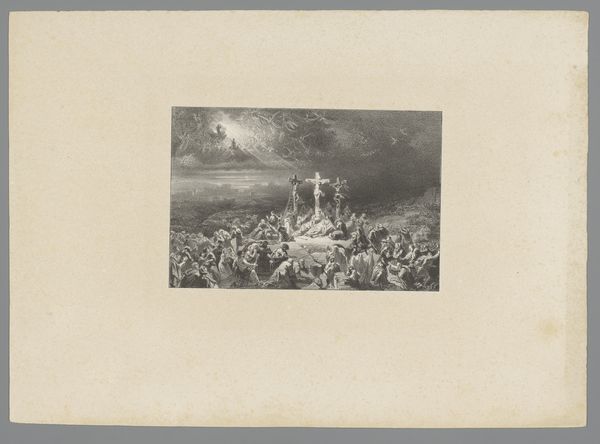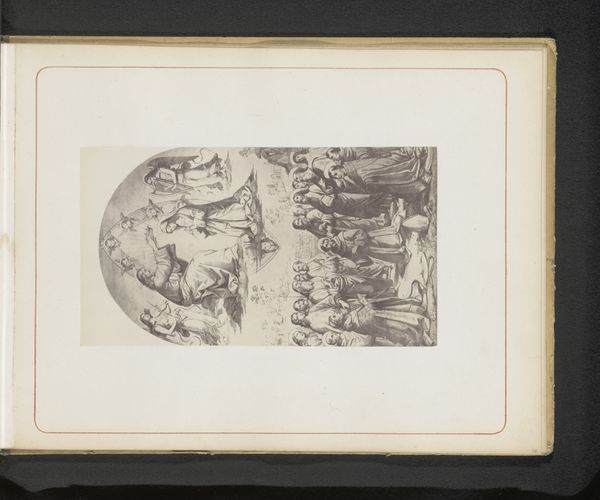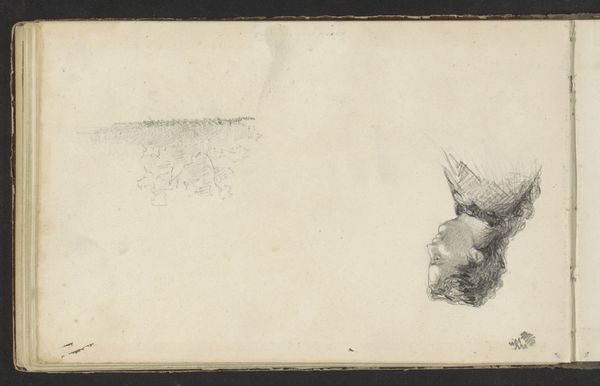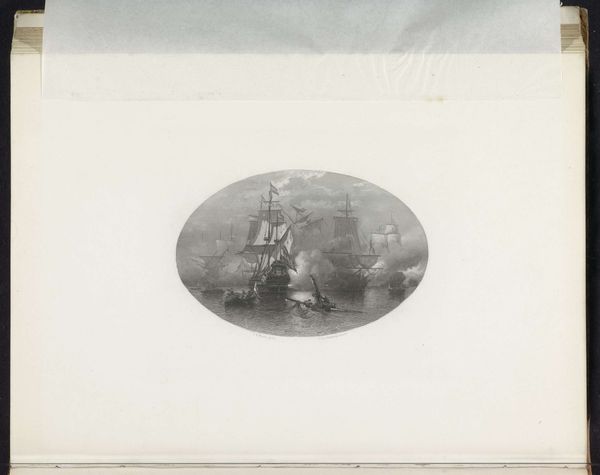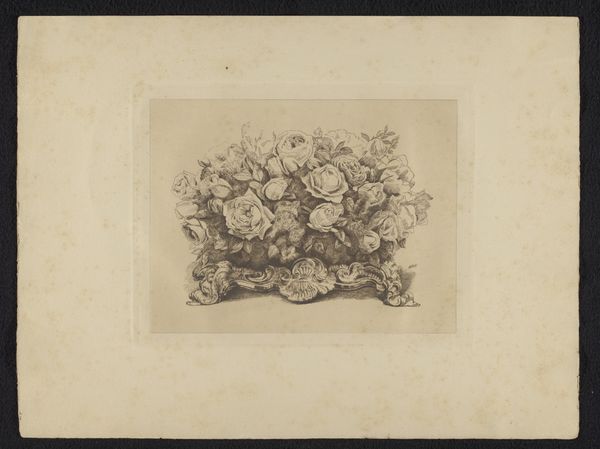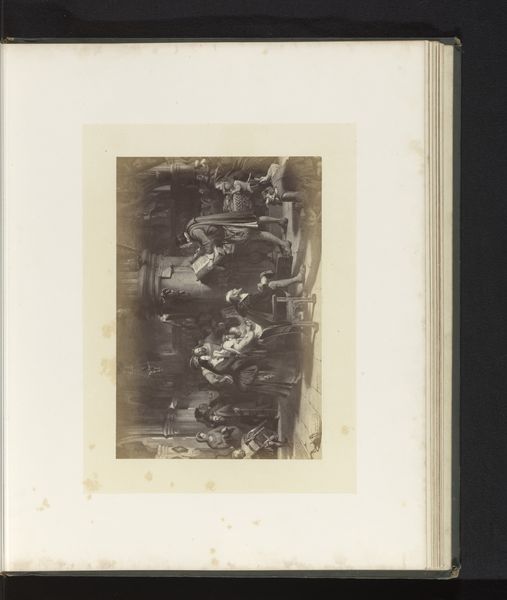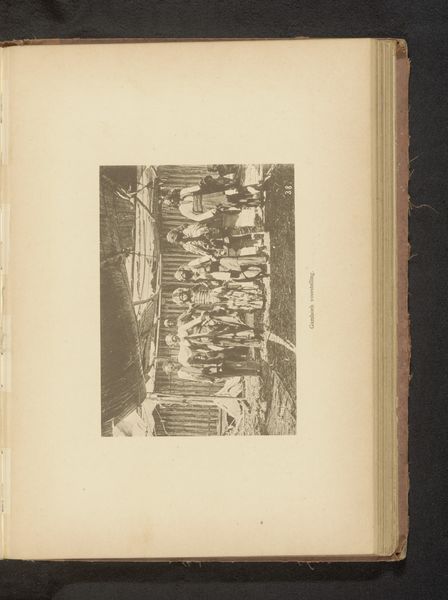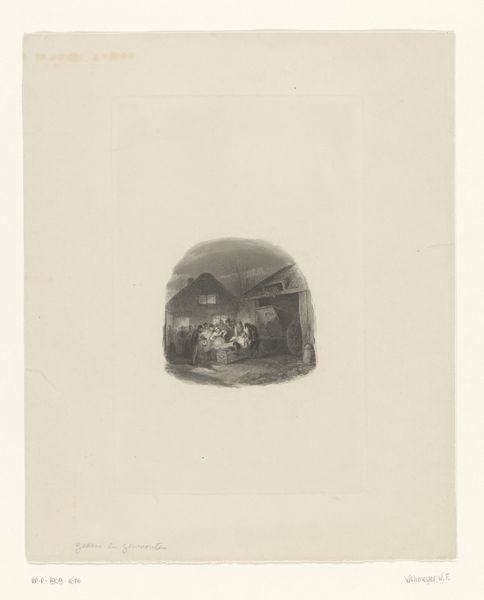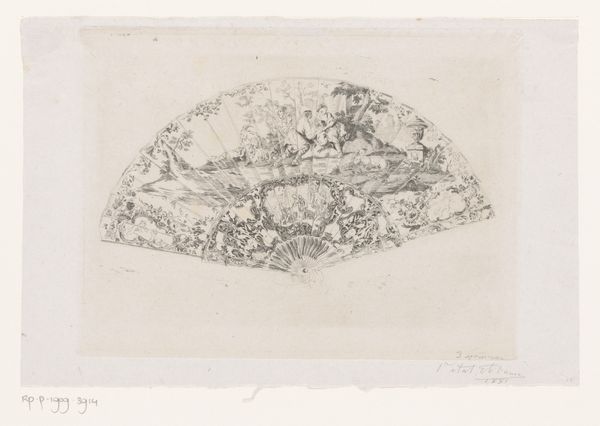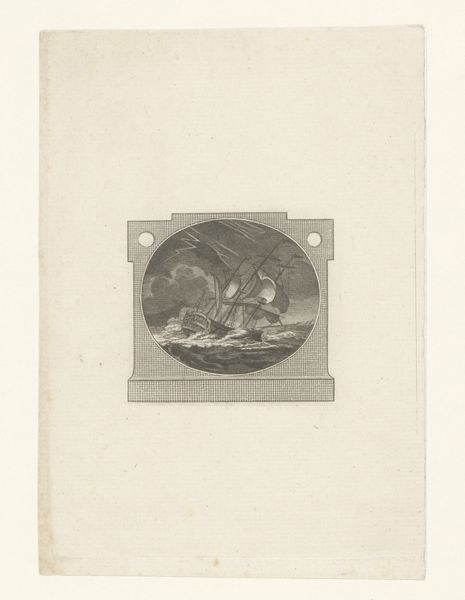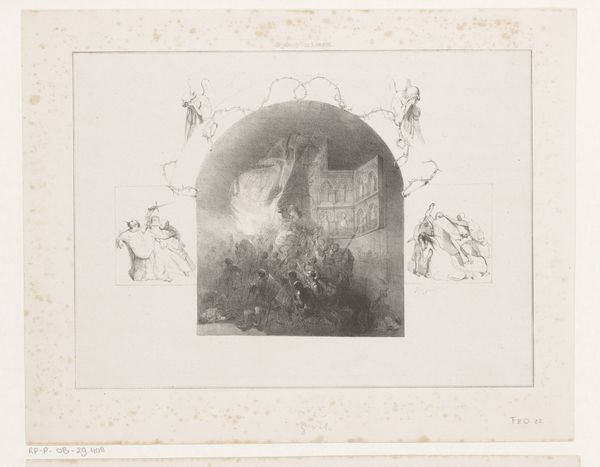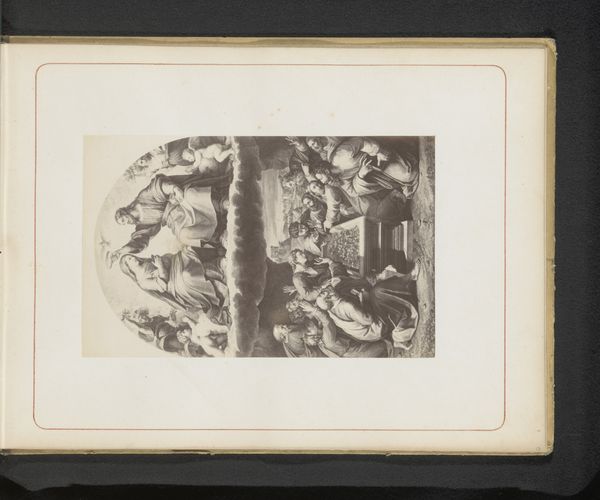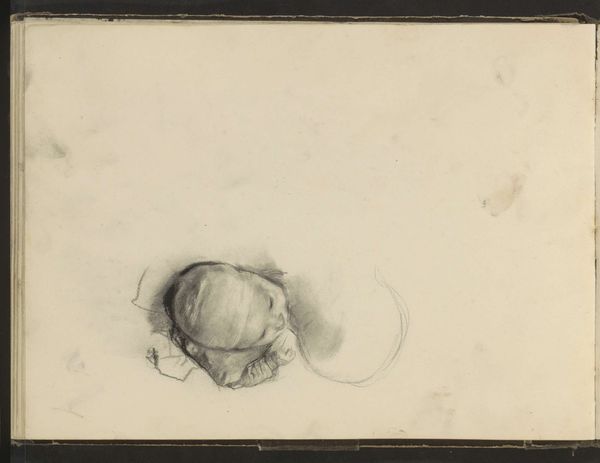
All the World is Going to See the Great Exhibition of 1851 1851
0:00
0:00
drawing, graphic-art, print, engraving
#
drawing
#
graphic-art
# print
#
figuration
#
cityscape
#
history-painting
#
engraving
Dimensions: Plate: 8 7/16 × 11 in. (21.4 × 28 cm) Sheet: 12 1/2 × 19 11/16 in. (31.8 × 50 cm)
Copyright: Public Domain
Editor: Here we have George Cruikshank's 1851 engraving, "All the World is Going to See the Great Exhibition of 1851." The image is quite striking; it’s almost like a teeming planet with the Crystal Palace perched on top. What's your take on this work? Curator: It’s easy to read this as a celebration of progress and global unity, isn’t it? But let’s dig deeper. Cruikshank was a social commentator, a satirist. I wonder, what narrative is absent from this ostensibly celebratory depiction of the Great Exhibition? Who wasn't invited to this global stage? Editor: Hmm, it seems very Eurocentric... maybe even exclusively British? Curator: Precisely. Think about the context: the height of the British Empire. The Exhibition displayed not just British ingenuity, but also goods extracted from its colonies. Where are the voices of those producing the raw materials or of the dispossessed in Britain itself? Cruikshank may have aimed for the image to ironically celebrate imperial might, achieved through injustice. Editor: So, the apparent celebration might be a critique of colonialism and class division disguised as patriotic fervor? It makes me question how supposedly ‘universal’ events really are. Curator: Exactly. It encourages us to investigate who defines “progress” and for whose benefit it’s really intended. It also shows how artists, even while depicting historical events, carry and transmit messages about their society and its impact. Does that change how you view it now? Editor: Definitely. I initially saw a global gathering, but now I see the shadow of power imbalances and exploitation. Thank you for highlighting this complexity.
Comments
No comments
Be the first to comment and join the conversation on the ultimate creative platform.
